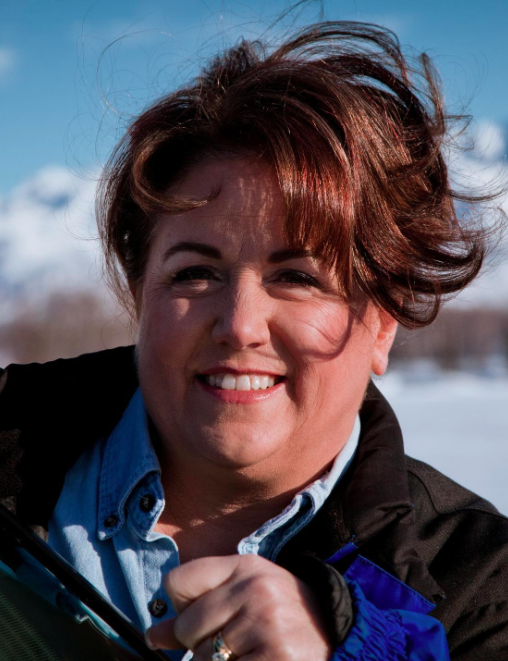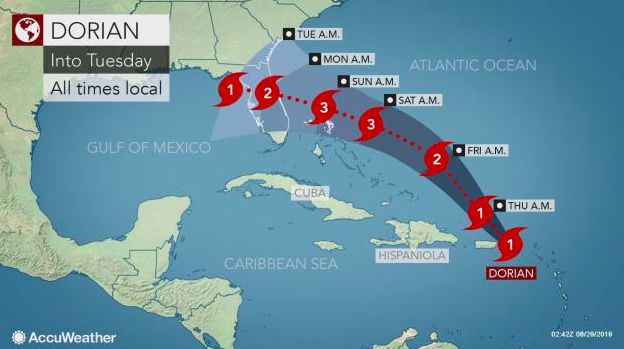THEY’LL LITIGATE UNTIL THEY CAN ELECT A DIFFERENT GOVERNOR
By ART CHANCE
SENIOR CONTRIBUTOR
I’ve been the bad smell in the Republicans’ ballroom ever since Janus v. AFSCME was handed down since I didn’t greet it with much enthusiasm. There is a lot less to it than meets the eye.
Yes, the U.S. Supreme Court held that compelling union dues as a condition of employment violated the First Amendment rights of public employees, but the court didn’t give out handy-dandy instruction books on how to implement its decision, an action that will be an existential battle with unions and Democrats.
Now Attorney General Kevin Clarkson has issued an opinion that labors to set out the obvious: the State’s labor agreements and payroll processes do not comply with the Janus decision. It has only been nine months since the Administration took office and a year since the Janus decision was handed down.
There seems to be the idea that the Governor can hand down an administrative order to make it right with the Constitution. And there’s the notion that the Divisions of Personnel and Labor Relations and Finance can put out some payroll standard operating procedures and the State will be in compliance with Janus and the Constitution.
Were it only so easy!
I don’t have insomnia this evening so I didn’t read all the labor agreements but I looked at the two big ones: the Supervisors and the General Government Unit, between the two covering about 10,000 State employees.
Both current agreements were negotiated under the union-owned Walker Administration and the union rights and union security language is very familiar; it is essentially identical to the language in them when I retired 13 years ago and not that different from what it was when I first started with State Labor Relations in 1987.
Not only does the language not comply with Janus, it barely complies with Abood, Hudson, and their progeny, the earlier authority on dues, now supplanted by Janus.
Additionally both have a veritable Mare’s Nest of contractual prohibitions against the employer interfering between the union and members of the bargaining unit it represents. Note that term “bargaining unit.” That means you are someone in a job class that the union’s certification covers and it doesn’t matter if you’re a union member or not.
Both as a matter of law (the unfair labor practices section of the Public Employment Relations Act) and of contract, there are stringent limits on an employer’s right to even the most basic and neutral communication with a member of recognized bargaining unit.
The Administration is going to make all well with the Constitution by promulgating an administrative order.
[Read: Attorney General puts guardrails on collection of union dues]
The unions can elect their route(s) to remedy. They can go straight to court, arguing that the administrative orders violates the Public Employee Relations Act. It wouldn’t be hard for the unions to find a friendly Superior Court judge who would find that s/he could and should decide the case strictly on State law grounds and not reach a constitutional question.
Then the State could take it to our Supreme Court or pursue the constitutional issues as a federal question in the US District Court.
No matter which party wins, that one is going to the Ninth Circuit and then on to the U.S. Supreme Court, if they’ll take it. The only exception is if the State is on the losing end, and the appeal becomes trade goods in the next gubernatorial election. If a Democrat wins, the State just says “never mind,” and the case and controversy go away until the next time there is a Republican willing to tilt with this particular windmill.
[Read: A conversation with Mark Janus on the Alaska decision]
Or, the unions can file an unfair labor practice with the Alaska Labor Relations Agency alleging that the changes are first an unbargained unilateral change in a mandatory subject of bargaining and further that the administrative order is an unlawful interference with the employees’ right to “form, self-organize, and join” a union.
The Labor Relations Agency really has no jurisdiction over constitutional questions. And as a State law question, the State loses.
And finally, the unions can file a grievance(s) on myriad contract terms that they can somewhat credibly allege are violated by the State inserting itself into the question of whether a bargaining unit member chooses to become a union member and pay dues. The advantage this has for the unions is that they can waste a year working through the grievance/arbitration process before the question can even get to the courts.
At bottom, from the day Gov. Michael Dunleavy issues a directive in any form, an administrative order or a simple memo, there is a minimum of a three- to five-year, maybe more, court battle ahead. The unions have nothing to lose but their economic life and their political power, so nothing will deter them from taking this question up until they run out of courts, and even if they run out of courts, if they can scrape some money together, they’ll be trying to buy a Democrat governor who will save them.
There is no simple, short, or easy path to resolution of this question. My strategy would be to take the quickest path because the unions are playing for time, their standard ploy on matters in the courts; they don’t have to win the case, they just need to win the next election.
In my time with the State I had some very meritorious fundamental bargaining rights cases sold right out from under me in gubernatorial elections, and you can rest assured that any Democrat running for governor would promise his/her union friends to take care of an inconvenience like this for them.
I would try to bundle it all together, the contract provisions and the sections of PERA that authorize them, and if possible get straight to the US District Court.
This path leads through the Ninth Circuit and there are no guarantees there. The Ninth proved willing to stand the First Amendment on its head trying to protect the union security arrangements in Washington State and fortunately the U.S. Supreme Court stepped in and reversed the Ninth. In any event were the State to lose in the Ninth, it has no assurance that the Supreme Court would take an appeal. This, too, is a multi-year process but is simpler than the other routes. If it goes past the next gubernatorial election and Gov. Dunleavy or another Republican wins, it can continue as far as necessary to get the desired result or until the State runs out of courts.
If the unions buy themselves a Democrat governor, or maybe even another “false flag” governor, the question ends there for the foreseeable future. And finally, if the Attorney General tries to handle the litigation with State staff, he should be aware that every State employee who touches this issue will be a former employee if a Democrat is elected Governor. They all know that, and it won’t just be assistant attorneys general and other appointees; the last time the unions faced an existential challenge, they elected a Democrat and purged employees who had been involved well down into merit system ranks.
I other words, if the administration really wants to take this on, it should consider contracting for outside counsel.
Art Chance is a retired Director of Labor Relations for the State of Alaska, formerly of Juneau and now living in Anchorage. He is the author of the book, “Red on Blue, Establishing a Republican Governance,” available at Amazon.










